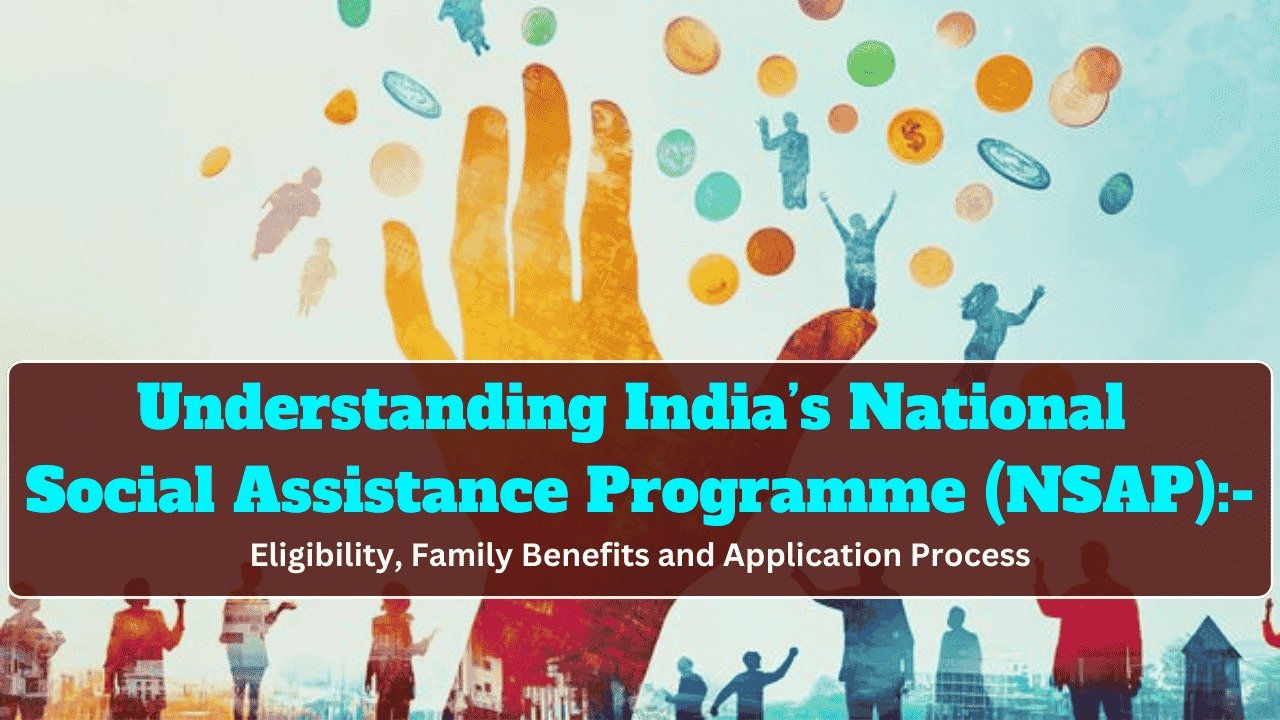
In recent years, India has made remarkable strides in uplifting its rural communities through well-designed government initiatives. These programs tackle various challenges faced by village residents – from unemployment and housing shortages to infrastructure gaps and skills development. Let’s explore how these schemes are creating meaningful change across rural India.
Employment Security: Mahatma Gandhi NREGA
The Mahatma Gandhi National Rural Employment Guarantee Act (NREGA) stands as a cornerstone of rural employment security. This program guarantees 100 days of paid work each year to rural households willing to perform unskilled manual labor.
What makes NREGA special is its focus on reaching the most vulnerable. The scheme prioritizes helping:
- Scheduled Castes and Tribes
- Women-headed households
- Other marginalized groups
By providing predictable income during lean agricultural seasons, NREGA creates a safety net that prevents extreme poverty and reduces migration to overcrowded cities.
Pradhan Mantri Awas Yojana-Gramin
Having a safe, secure home is fundamental to human dignity. The Pradhan Mantri Awas Yojana-Gramin (PMAY-G) launched in November 2016 addresses this basic need by providing housing for the poorest rural residents.
The program uses a three-step verification process to ensure help reaches those truly in need:
- Initial selection through Socio-Economic Caste Census and Awaas+ surveys
- Verification through Gram Sabha (village council) approvals
- Geo-tagging of houses to prevent fraud
The progress of PMAY-G has been significant, as shown in the table below:
| Indicator | Status (as of January 31, 2025) |
|---|---|
| Total Target | 3,79,37,139 homes |
| Beneficiaries Registered | 3,70,94,350 families |
| Houses Sanctioned | 3,31,96,085 homes |
| Houses Completed | 2,69,47,215 homes |
This means over 26.9 million rural families now have proper housing, dramatically improving their quality of life.
Pradhan Mantri Gram Sadak Yojana
Isolation has long been a barrier to rural development. The Pradhan Mantri Gram Sadak Yojana (PMGSY) tackles this by building quality roads connecting remote villages to nearby towns and markets.
Good roads bring multiple benefits:
- Farmers can sell produce in larger markets at better prices
- Medical emergencies can be addressed more quickly
- Children gain easier access to schools
- Job opportunities expand beyond the immediate village
The program sets high technical standards to ensure roads are durable and well-maintained, creating lasting infrastructure that supports long-term growth.
Deendayal Antyodaya Yojana
The Deendayal Antyodaya Yojana-National Rural Livelihoods Mission (DAY-NRLM) takes a different approach to poverty alleviation by organizing rural women into self-help groups. These community institutions provide:
- Financial resources through savings and credit
- Technical training for various livelihoods
- Marketing support to sell products
- Access to government schemes
What makes this program particularly effective is its focus on social inclusion and behavior change. By working primarily with women, it improves gender equality while strengthening entire households economically.
DDU-Grameen Kaushalya Yojana
Rural youth often lack the skills needed for modern employment opportunities. The Deen Dayal Upadhyaya Grameen Kaushalya Yojana (DDU-GKY) bridges this gap by providing vocational training tailored to market demands.
Launched on September 25, 2014, this program serves two important purposes:
- Diversifying income sources for rural families
- Fulfilling the career aspirations of young people
The training covers various sectors from hospitality and retail to manufacturing and IT services, creating pathways to formal employment for rural youth.
National Social Assistance Programme
The National Social Assistance Programme (NSAP) focuses on providing direct support to the most vulnerable members of rural communities. This comprehensive welfare initiative includes:
- Pensions for the elderly
- Support for widows
- Assistance for people with disabilities
- Aid for families affected by death of breadwinners
By providing this safety net, NSAP ensures that those least able to support themselves aren’t left behind in India’s development journey.
Namo Drone Didi
Among the newest initiatives is the “Namo Drone Didi” program, launched on August 15, 2023. This innovative scheme empowers rural women by training them to operate agricultural drones.
The program has two transformative goals:
- Increasing women’s income by more than Rs 1 lakh annually
- Modernizing farming practices through drone technology
Women trained under this program provide drone services to local farmers for tasks like crop spraying, monitoring, and assessment. This reduces chemical usage, saves water, and increases farm productivity while creating new income opportunities for women.
Mission Antyodaya
Recognizing that rural development requires coordination across multiple domains, Mission Antyodaya serves as a convergence framework. Adopted in the 2017-18 Union Budget, this initiative:
- Coordinates resources from 26 different government ministries
- Uses Gram Panchayats (village councils) as focal points
- Ensures efficient use of development funds
- Prevents duplication of efforts
This state-led approach helps maximize the impact of various schemes by aligning them toward common development goals.
Rashtriya Gram Swaraj Abhiyan
Strong local governance is essential for sustainable rural development. The Rashtriya Gram Swaraj Abhiyan (RGSA) strengthens Panchayati Raj Institutions (PRIs) – India’s system of local self-government.
Implemented from 2018 to 2022, RGSA focused particularly on:
- Achieving Sustainable Development Goals at the village level
- Strengthening local governance in 117 aspirational districts
- Converging with Mission Antyodaya for maximum impact
By empowering local decision-makers, RGSA ensures development plans reflect actual community needs.
Rural Self-Employment Training Institutes
The Rural Self Employment Training Institutes (RSETIs) take a unique approach by creating dedicated training centers managed by banks with government support. These institutes:
- Provide skill training to rural youth from poor families
- Offer credit linkage after training completion
- Support graduates in starting their own businesses
- Create a pathway to entrepreneurship rather than just employment
This model builds sustainable livelihoods by creating small business owners who can further contribute to local economic development.



